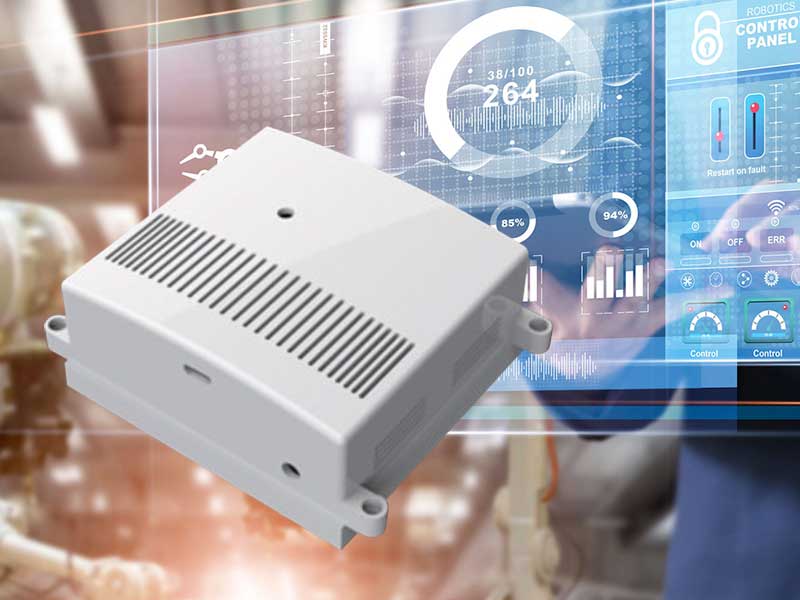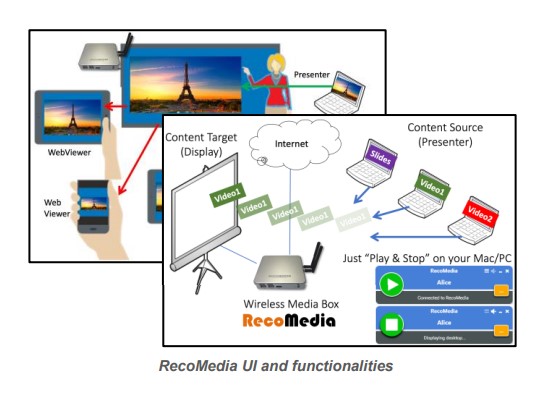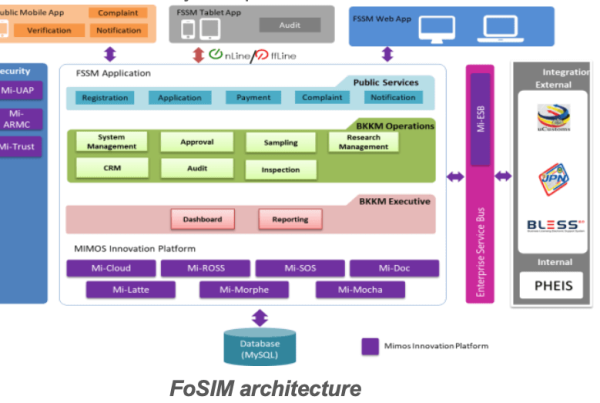Overview
Relative Humidity and Temperature Sensor (RHT) is a wireless sensor for measuring real-time temperature and relative humidity of ambient environment.
RHT sensor readings can be uploaded (via Mi-SPARK Gateway) to a centralised server over the Internet and viewed using user- friendly web dashboard.
RHT uses 6LowPAN for data exchange over the Internet or local area network and sub-GHz ISM radio band (919-923MHz) for longer communication range with less RF interference.
Each RHT is able to form an ad hoc mesh network with self-healing capability to further extend the network coverage area and be used as a standalone data logging deavice, where there is no need for real-time monitoring.
RHT is a wireless sensor that measures real-time ambient temperature and relative humidity of the environment and reports the readings to a centralised server over the Internet via wireless mesh network.
Features
RHT provides the following features:
- Real-Time Temperature and Humidity Measurement with Remote Monitoring
Monitor real-time ambient temperature and relative humidity of the environment via user-friendly web dashboard. - IP-Based Low Power Wireless Mesh Network
RHT is a low power embedded device that can form an ad hoc wireless mesh network and able to communicate over the Internet via gateway which allows the device to send data to the cloud. - Data Logger
Supports standalone data logging capability, without the need for network connectivity. - Easy Integration with External System
Can be integrated with external system via standard web- based technologies, such as REST and web socket.
Technology Benefits
The main impacts of RHT are:
- Enabling Smart Buildings
RHT enables real-time energy management systems to fine- tune and reduce energy consumptions, hence saving money. - Robust Communication
RHT operates at sub-GHz frequency where signal absorption and attenuation by the surrounding environment is less compared to 2.4GHz ISM band. This enables longer range and better penetration, especially indoors. Narrowband operating mode is in sub-GHz band, which is less crowded, also makes RHT less susceptible to interference. - Low Deployment And Operational Cost
With mesh network, coverage can be extended to the whole building with higher network redundancy but with minimum number of gateways. RHT is a low power device with low cost per annum for electricity.






